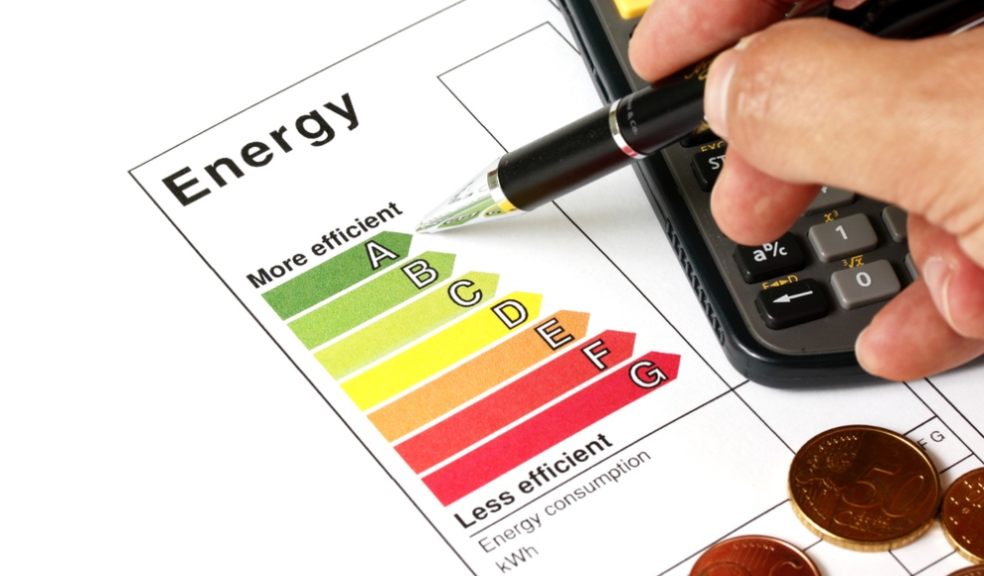
How have properties become more energy efficient?
Energy efficiency – it’s been on the tip of everyone’s tongues, particularly in light of discussions around climate change and the cost of living crisis. But where are we now and how have we got here? Do we know what’s to come? Here, we discuss all of these things.
How far has energy efficiency in properties come?
Energy Performance Certificates (EPCs) are used to determine how energy efficient houses are. According to stats, the median energy efficiency score across England and Wales was equivalent to band D. Research shows that newer properties tend to have a higher median energy efficiency score compared to older properties, which tend to be the least energy efficient on the market and can be around band E or sometimes F.
Why energy efficiency became a focus in homes
Attention towards energy efficiency came about in the 1970s, when Arab oil price fluctuations created fuel instability. Energy resources were also diversified and the key message of conserving and using less energy was circulated. Today, energy efficiency has become a non-negotiable element when building new properties. Even landlords will need to ensure that properties have an EPC rating of ‘C’ or above by 2025 for new tenancies and 2028 for existing tenancies.
What improved energy efficiency?
Technological advances have been responsible for improved energy efficiency over the years. Heating systems are now more efficient and embedded systems in central heating systems means they’ve become smarter devices that can be independently controlled and timed. Simple actions like switches to LED bulbs over halogenic bulbs have also made a difference.
Insulation
Insulation is a given in most properties, with many homeowners and landlords opting for insulation to be installed if it isn’t already. It’s become common knowledge that insulation is one of the best ways to keep the energy bills down by retaining more heat in the home. Typically, fiberglass and cellulose are used to insulate the walls (both exterior or interior) and attics in properties – these are generally created from recycled materials.
Future developments in energy efficiency
Smart meters have been a game-changer for helping households grasp their energy usage and keep down their bills. Being about to determine exactly which devices are more energy-hungry than others will allow people to switch up their habits to improve energy efficiency. Some people are even opting for air fryers and other devices that can limit the amount of gas or electricity used by the oven, for example. Any technology that helps us to track our energy usage will be key.
Alongside this, household devices and gadgets are continually being developed to become more energy efficient and this trend needs to continue. Educating the public on how they can live a more energy efficient lifestyle in their day-to-day, as well as improvements they can make to their home, is another important factor.













